The views expressed in our content reflect individual perspectives and do not represent the authoritative views of the Baha'i Faith.
Baha’is around the world proclaim that Baha’u’llah is the Promised One of all religions. Does that hold true for Hinduism?
One of those religions – Hinduism, the world’s third-largest religion – has around a billion adherents today. But, in actuality, Hinduism has really become a family of religions. Actually, the British coined and applied the word Hinduism as a term of convenience back in colonial times. Nowadays, though, the word Hinduism is part of our collective religious vocabulary. That said, bear in mind that Hinduism is quite diverse – which makes it quite impossible to offer much in the way of any descriptive generalizations about Hinduism, except in the boldest and broadest strokes.
So what do Baha’is mean when they say that Baha’u’llah is the “Promised One” of Hinduism?
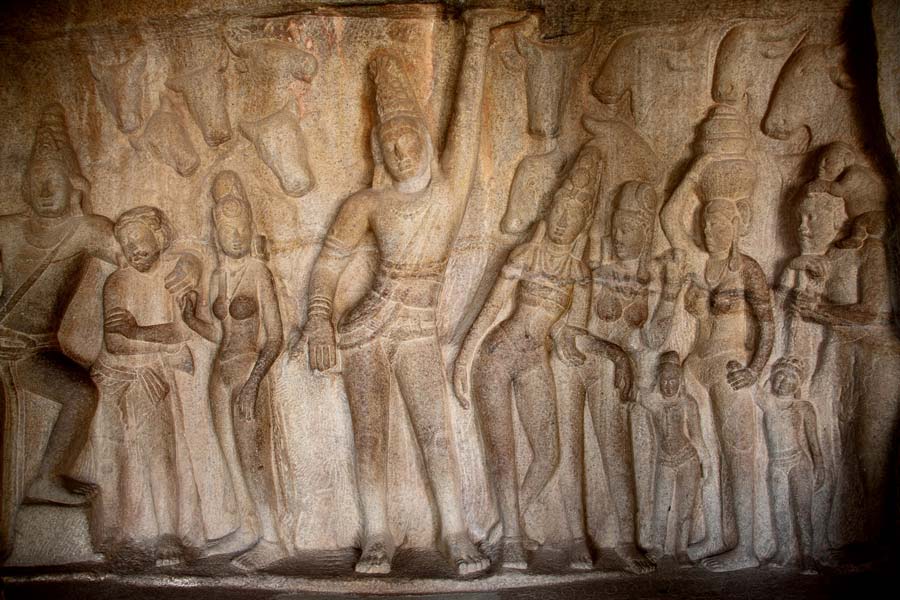
According “to the Hindus,” Shoghi Effendi wrote, Baha’u’llah is “the reincarnation of Krishna”. Here, “the Hindus” means the Hindu tradition, those traditions within Hinduism that Baha’is apply to Baha’u’llah. Baha’is, moreover, do not believe in reincarnation. Most Hindus, of course, do. So, by “reincarnation of Krishna,” Baha’is mean the “return” of the spirit and power of Krishna – not the transmigration or metempsychosis of the person or personality of Krishna.
To Him [Baha’u’llah] the Bhagavad-Gita of the Hindus had referred as the “Most Great Spirit,” the “Tenth Avatar,” the “Immaculate Manifestation of Krishna.” – Shoghi Effendi, God Passes By
Here, since these references appear not to be found in the Bhagavad-Gita itself, Shoghi Effendi may have meant “Bhagavad-Gita” as a metonym for Hindu scriptures in general, as the Universal House of Justice explained:
… we are requested to inform you that the House of Justice does not know the exact context of the references quoted by Shoghi Effendi (in ’God Passes By’) from the Bhagavad-Gita, but if you have been unable to locate them in the book of that name it may be because the beloved Guardian was using the name of the book to stand for the entire Hindu Scripture, as it is common to refer to the entire Old Testament as the Torah, to the New Testament as the Gospel, or to the Bab’s Revelation as the Bayan.
This sounds like a simple enough proposition. Since the vast majority of Hindus have probably not yet heard of Baha’u’llah, such a proposition is something that Hindus would not have had an opportunity to consider. That may change over time, of course. Time will tell.
Notwithstanding, the question arises: Which “Krishna” is Baha’u’llah supposed to be the “return” of? This may seem like a strange question, at first. But, on closer analysis, you will see why this question makes good sense, and is well worth asking.
Krishna is a complex figure, comprised of several layers of Hindu tradition. In her 2019 video presentation, “Decoding Hinduism: Sacred Cows, Krishna, and the Baha’i Faith,” Anne Pearson, Ph.D. (McMaster University, Canada), states that Krishna (also spelled Kṛṣṇa), as represented today, is an amalgam of several historical figures — a composite of more than one tradition:
“So, as I was trying to explain, you know, the Krishna – the Krishna we have today – is an amalgam of several figures historically – although he’s not thought of that way certainly by Hindus who – many of whom – consider him … the form of the divine himself, not even an avatar, but actually the divine. So they would certainly not object to seeing Krishna as historically an amalgam figure. However, that seems to be the case that we, first of all, really don’t know a whole lot about the historical Krishna.“
This view also finds support in the scholarly literature, which distinguishes the way that Krishna is portrayed in various Hindu traditions. One of these sacred traditions is the epic known as the Mahābhārata, which happens to be the longest poem in world literature. The famous Bhagavad-Gītā is a small, yet important part of the Mahābhārata, although considered to be a fairly late addition. Another body of Hindu traditions are the later epics known as the Purāṇas (in Sanskrit, “purāṇa” literally means “that which took place previously”). Carl Olson, Emeritus Professor of Religious Studies at Allegheny College in Meadville, Pennsylvania, points this out, clearly and directly:
“What can be called the purāṇic Krishna possesses a spirit different from that of the figure of the Bhagavad-Gītā, which recounts Krishna’s rationale for fighting as a warrior and his divine revelation in chapter II to the reluctant warrior Arjuna. The Krishna of the epic Mahābhārata is depicted as a calculating, duplicitous, serious, and wise figure, whereas the purāṇic figure is more mirthful, mischievous, tricky, and playful. … The divine narrative of Krishna has its roots in the beliefs of the Yādava tribe. This tribe fused with another tribe called the Vṛṣṇis or Satvatas, which was devoted to a figure called Vāsudeva, who may have been a king or a hero in the tribe. This tribal fusion resulted in a composite figure called Vāsudeva-Krishna.” – Carl Olson, The Many Colors of Hinduism: A Thematic-Historical Introduction, p. 163.
The Satvatta and Vrishni were tribes of the Yadava clan of the city of Mathura, Krishna’s traditional birthplace. In other words, traditions regarding Krishna may, tentatively at least, be traced back to a fairly specific time and place, thus lending credence to the idea that Krishna was actually a historical personage of some importance and renown. But the contemporary figure of Krishna – who inhabits and enchants the popular imagination of devout Hindus today – is the product of cumulatively added layers of Hindu tradition which have embellished, so to speak, the original legend of Krishna, which appears to have had a historical core. So the figure of Krishna has become an amalgam, or composite, or mosaic, comprised of a complex of Hindu traditions. This gives rise to the question – and pause for thought: which Krishna is Baha’u’llah supposed to be the return of? In other words, which aspects of the Krishna traditions apply to Baha’u’llah, from a Baha’i perspective?
The major traditions relating to Krishna have been conveniently anthologized in Krishna: A Sourcebook, edited by Edwin F. Bryant (Oxford: Oxford University Press, 2007). “Krishna is undoubtedly one of the most beloved deities of Hindu India,” according to Bryant (Professor, Religions of India, Rutgers University), who offers a few instances of the diverse devotional Hindu traditions relating to Krishna that exist today:
“As a pan-Indian deity, his worship takes on distinctive forms and unique flavors that today dominate entire regions all over the subcontinent—Radha Krishna of Braj in North India, Jagannath in Orissa to the east, Shrinathji in Rajasthan and Ranchor in Gujarat to the west, Vitobha in Maharashtra in central India, Udupi Krishna in Karnataka and Guruvayor in Kerala in the South, to name but a few. … Krishna’s influence … has permeated every aspect of Hindu religious, aesthetic, cultural, literary and intellectual life.” – pp. 3-4.
The classical sources for Krishna include, primarily: (1) the Mahabharata (“generally accepted as the oldest text that features Krishna on any scale”); (2) the Bhagavad Gita (“Hinduism’s best known text,” embedded within the Mahabharata); (3) the Harivamsa (an appendix to the Mahabharata); (4) the Bhagavata Purana (“by far the most important work in the Krishna tradition, at least over the last millennium or so, and is the scripture par excellence of the Krishnaite schools”), according to Professor Bryant (pp. 8–9).
Baha’u’llah did not mention Krishna, since Hindus were not part of his immediate audience. Later on, Abdu’l-Baha (appointed by Baha’u’llah as his successor) added the Buddha and Krishna to the Baha’i list of recognized holy messengers or “Manifestations of God” – and, in the Tablet to Amir Khan, also added the category of Messengers of God to the Americas – thus recognizing divine teachers in both India and among the so-called “Indians,” the Indigenous peoples of the Americas. Of Krishna, Abdu’l-Baha said:
Blessed souls—whether Moses, Jesus, Zoroaster, Krishna, Buddha, Confucius or Muḥammad—were the cause of the illumination of the world of humanity. How can we deny such irrefutable proof?
You May Also Like
Comments



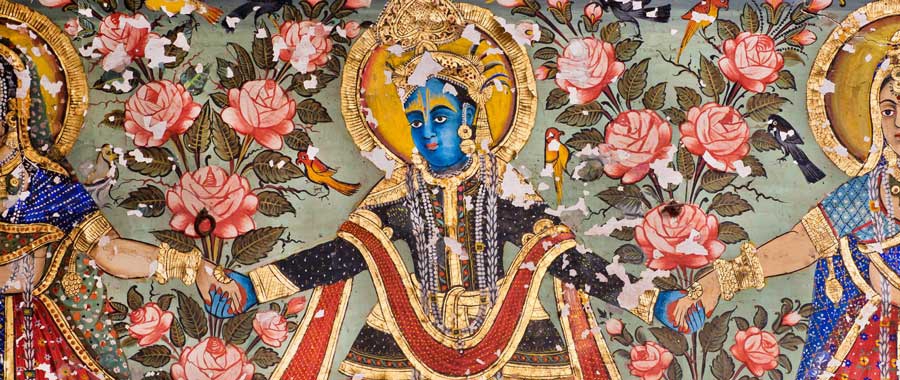

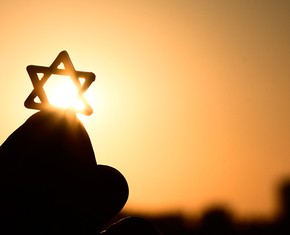
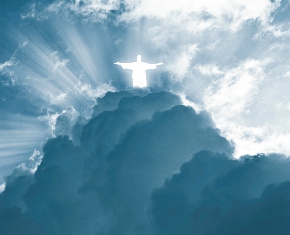





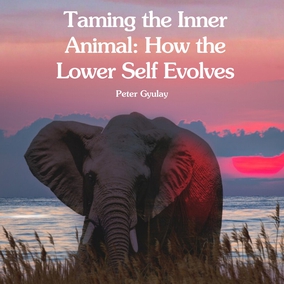


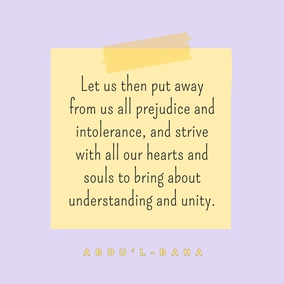

The Bahá’í Faith is a faith of Unity and admits no multiplicity of the Godhead. The Manifestation of God is that Divine Being who has appeared on earth many times under many names. To differentiate is to introduce man-made divisions into the Divine Concept.
We could also ask, which Christ is Bahá'u'lláh the return of? Obviously the One ...True Christ; although the concept of Jesus is as varied as the Christians that believe in Him.
See also John 8:58, Bahá’u’lláh, Gleanings, LXXXIV bahai.org/r/063247220